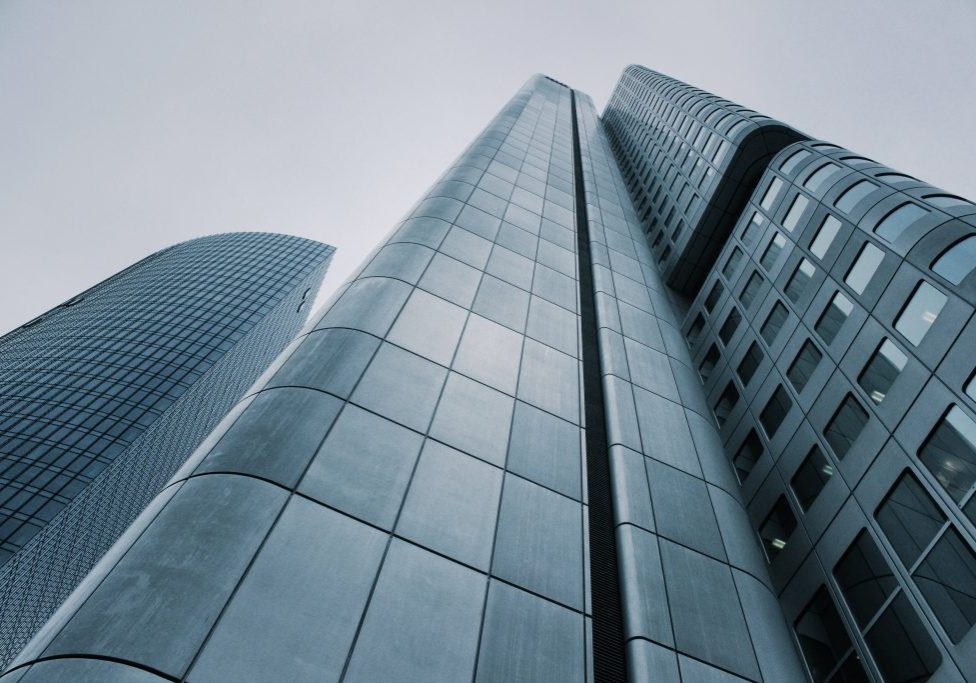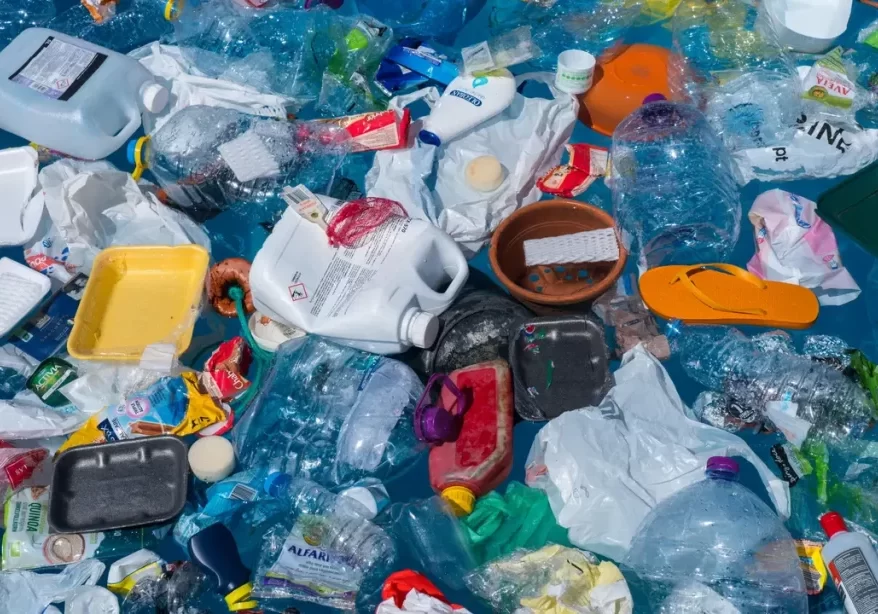We have converted more than 500 million plastic bags to oxo-biodegradable that will disintegrate in less than 3 years.
leading the way to a
greener future
We are proud to champion sustainability and environmental responsibility through our representation of innovative leaders in eco-friendly solutions. With a steadfast commitment to safeguarding our planet's future, we offer cutting-edge products that address the pressing challenges of plastic waste and environmental impact.
Our family of oxo-biodegradable additive masterbatches are designed for a diverse range of polymers and packaging applications.
oxo-biodegradables:
- Contribute to reducing the environmental impact of plastic waste.
- Add value to products and brands.
- A small addition (typically 1%) transforms standard polyolefins into oxo-biodegradable materials.
- Manufacturers require no modification or investment in machinery.
- A cost-effective method of enhancing the environmental credentials of plastics.
- Allows for the maintenance of all performance aspects of the polymer blend.
applications
All types of carrier/shopping bags • Garbage bags & bin liners • Bread bags • Shrink and pallet wrap • Agriculture & mulch films • Plastic netting products & packaging • Multi layered films used in flexible packaging for food and other products
polymers
HDPE, LDPE • PP • PET (film)
PLA, or polylactic acid, is a type of bioplastic derived from renewable resources. It is a bio-based and biodegradable polymer that has gained popularity as an environmentally friendly alternative to traditional petroleum-based plastics. PLA is commonly used in various applications, including packaging, bags, bin liners and disposable cutlery. You'll find below the characteristics of PLA:
- Raw Material:
PLA is made from renewable resources such as corn starch, sugarcane, or other plant-based materials. The use of plant-derived feedstocks makes PLA a bio-based plastic.
- Biodegradability:
PLA is biodegradable under certain conditions. It can break down into natural compounds, such as carbon dioxide and water, through the action of microorganisms in industrial composting facilities. However, the biodegradation process may be slower in natural environments like soil and water.
- Compostability:
PLA is compostable, but the composting process requires specific conditions, including high temperatures and the presence of microbes found in industrial composting facilities. It may not break down as effectively in home composting or landfill environments.
- Transparency and Clarity:
PLA can be transparent and has a similar appearance to traditional plastics, making it suitable for clear packaging applications.
- Versatility:
PLA can be processed using various manufacturing techniques, including injection molding, extrusion, and thermoforming. This versatility allows for its use in a wide range of products.











